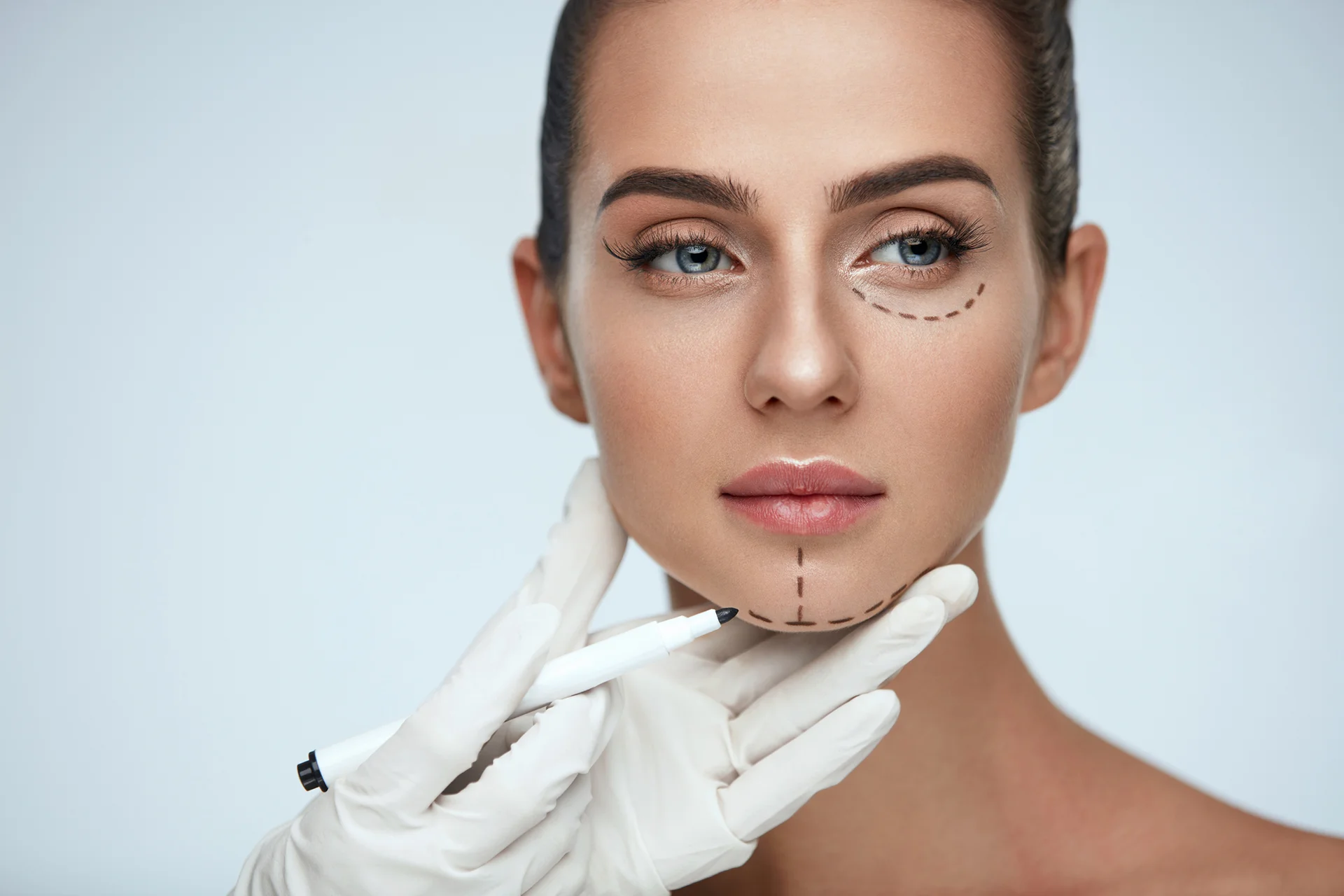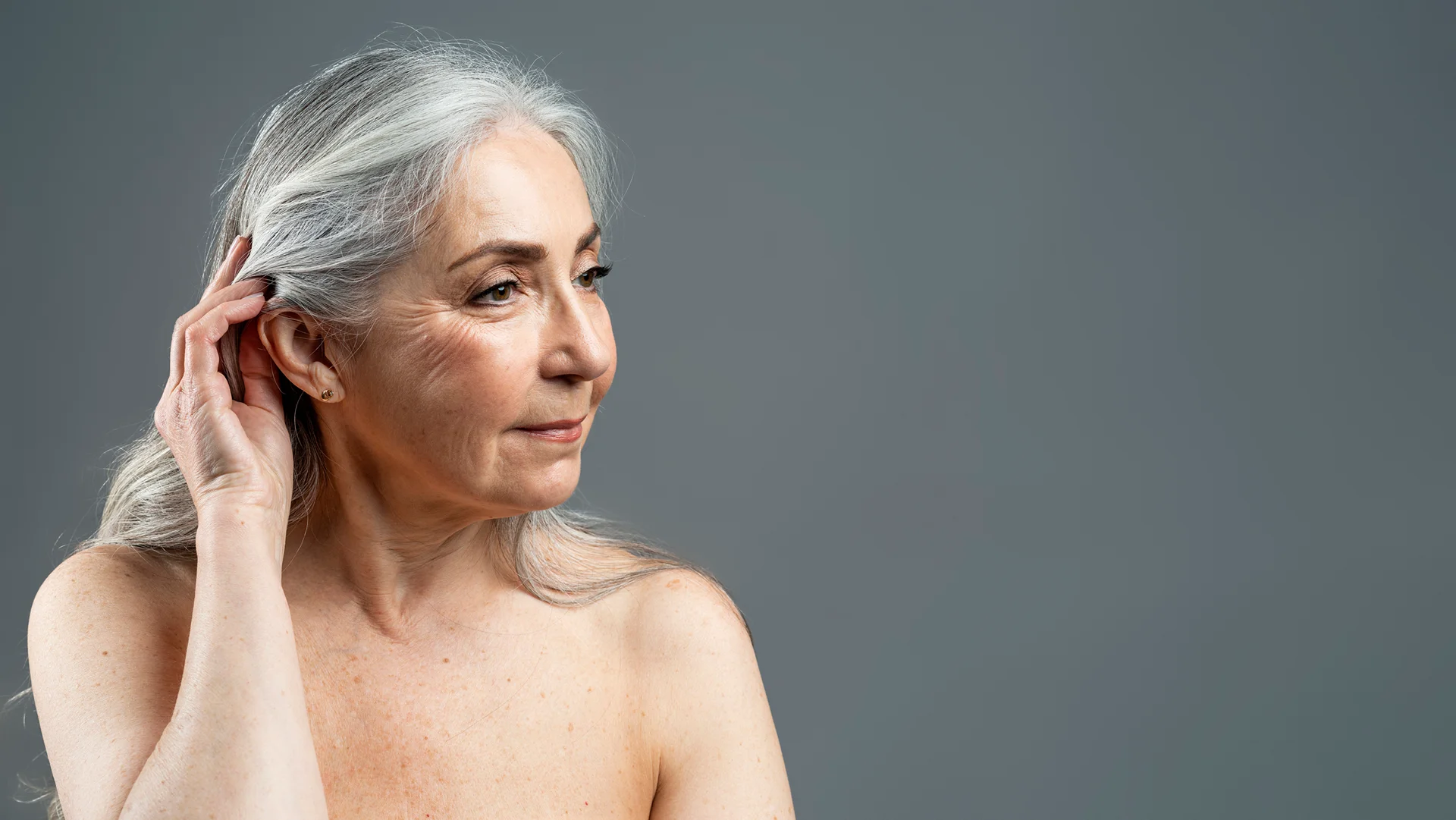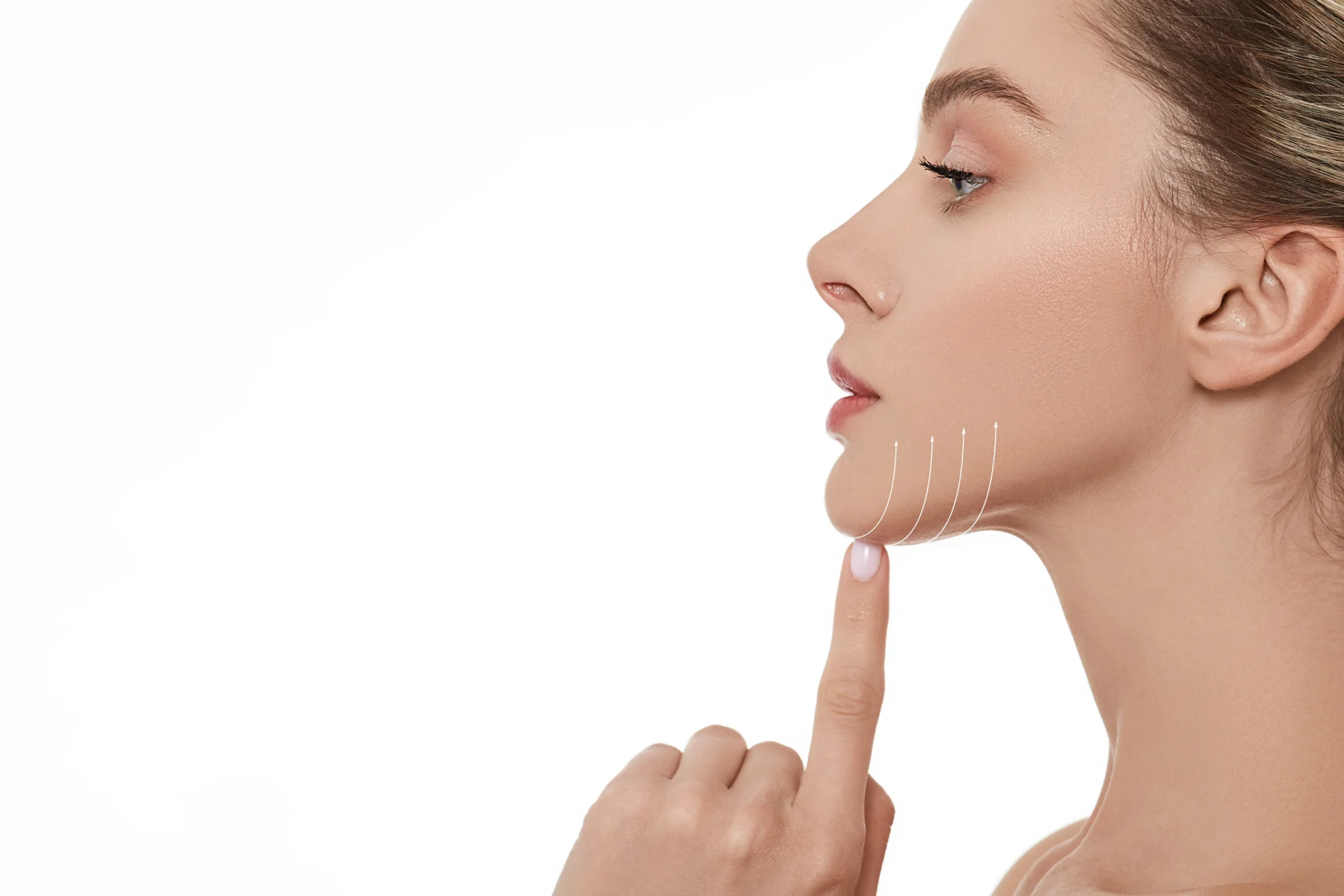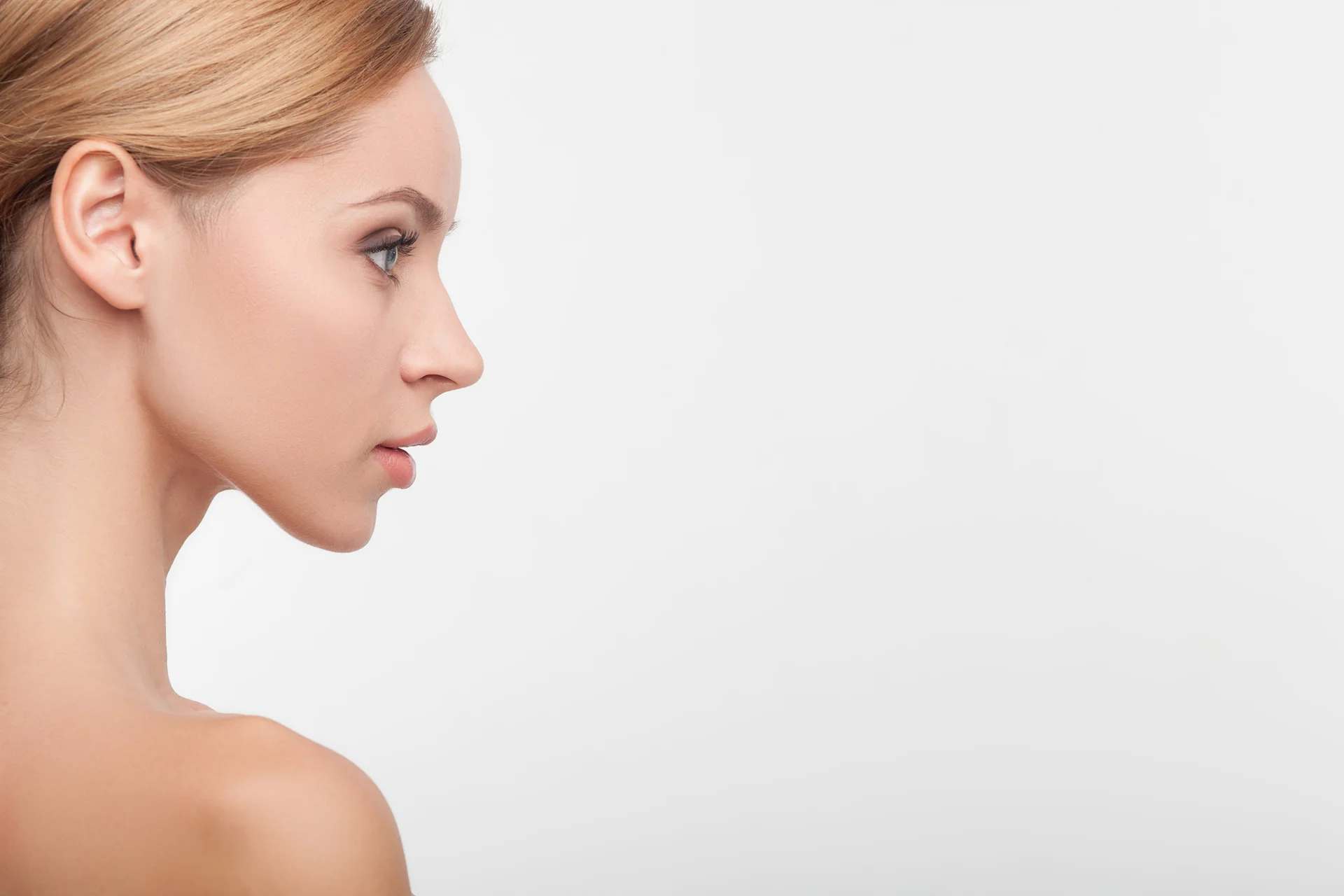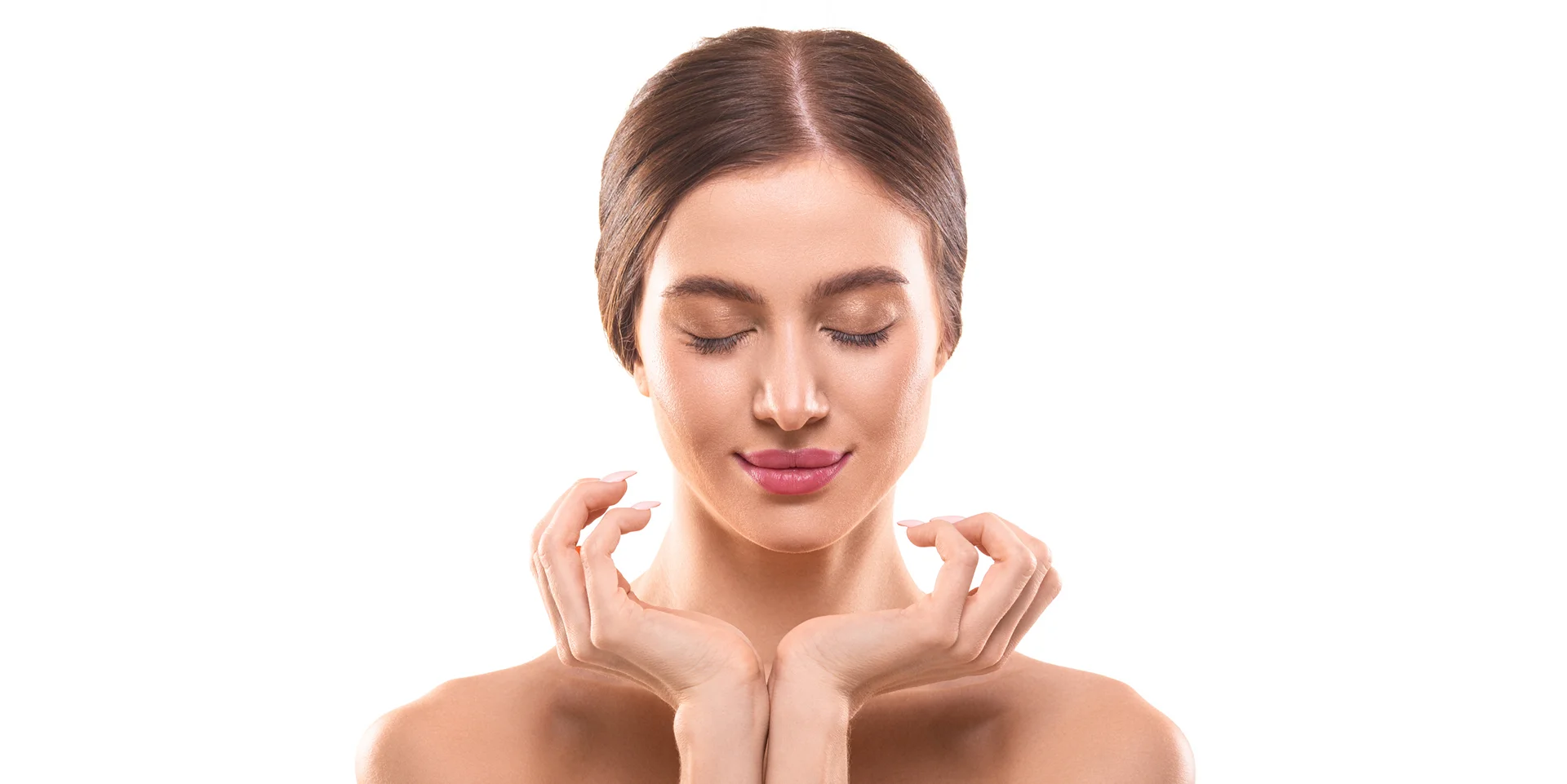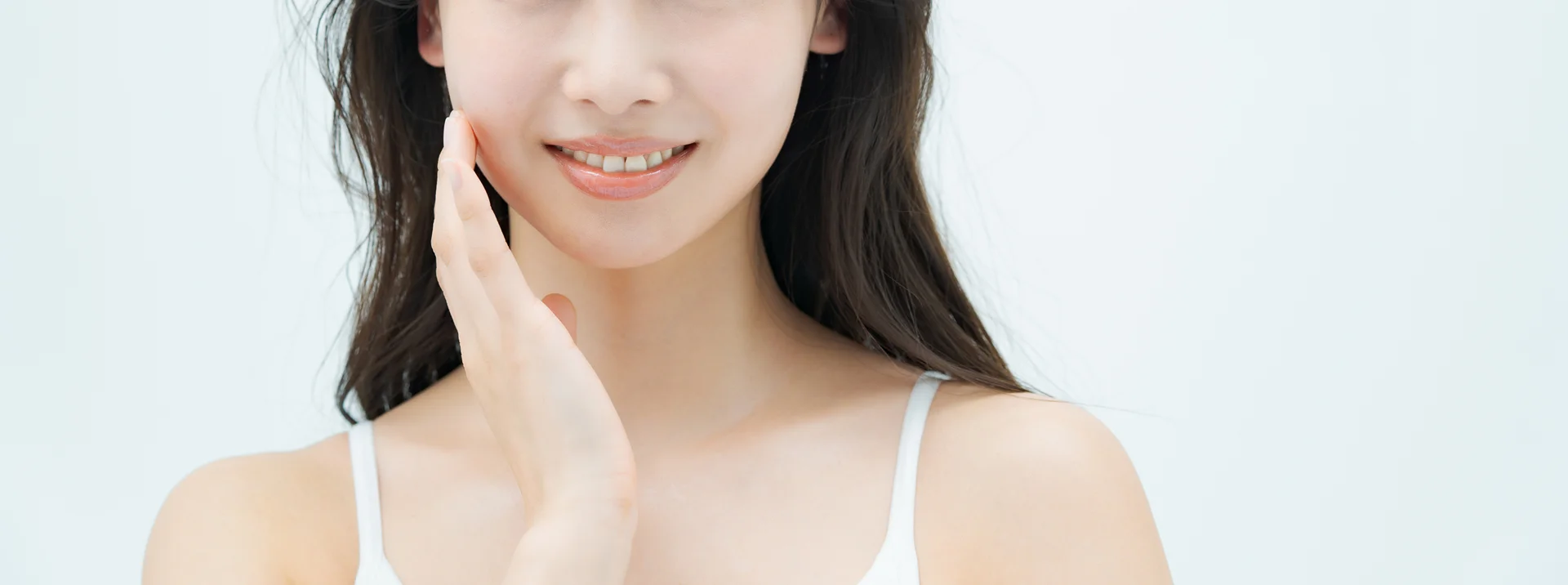Understanding the True Risks of Chin Liposuction
Chin lipo has grown in popularity as a minimally invasive method to contour the chin and neck. However, with any surgical procedure, there is an inherent level of risk that must be considered. As with all cosmetic treatments, it is crucial for patients to make well-informed decisions.
This leads many people to wonder – Is chin liposuction truly a dangerous procedure? While no surgery is complete without risks, much of the perceived danger associated with chin lipo stems from misunderstanding.
In this article, we will examine the various risks and safety factors involved in chin liposuction. Understanding how the procedure works and what issues may arise empowers you to make conclusions about whether chin lipo should be considered dangerously high-risk or a generally safe option for enhancing the chin and neck area.
Understanding Chin Liposuction
Chin liposuction, also called submental liposuction, is a cosmetic procedure that uses gentle suction to eliminate pockets of fat below the chin, in the submental region. It can be performed independently or in conjunction with neck liposuction to target the submandibular region or a full cervicoplasty to reshape the chin and neck area.
The neck has important anatomical structures like the salivary glands, muscles, and nerves that a qualified surgeon must navigate carefully during liposuction.
Why Consider Chin Liposuction?
A double chin (submental fullness) can be a source of self-consciousness, especially if due to hereditary fat disposition or normal aging processes. While diet and exercise help to some degree, surplus fat deposits may remain in the chin area despite efforts to lose weight. Chin liposuction effectively eliminates these stubborn accumulations for a defined jawline.
The Procedure: Step-by-Step
After which, the procedural steps are as follows:
- Consultation: An in-depth consultation, either online or in-person, is done to determine if chin lipo is the right choice and ensure good health for surgery. The surgeon will examine the chin and neck to determine candidacy and mark areas for treatment.
- Preparation: The skin is cleansed with antiseptic to reduce infection risk before anesthesia.
- Anesthesia: Local numbing medication or sedation is administered for comfort during the procedure.
- Incisions: Small, inconspicuous incisions are made under the chin for cannula insertion.
- Cannula Placement: The tube is gently inserted to suction strategic amounts of fat from marked locations.
- Fat Removal: Using low pressure, excess chin fat is carefully vacuumed out to achieve an even profile.
- Closure: The incisions are sealed with sutures or tape to support proper healing of the skin.
- Recovery: The patient is monitored and may wear a compression garment post-operatively for support and swelling management. Follow-up focuses on comfort as the body recovers.
Benefits of Chin Liposuction

When performed by a skilled doctor, chin liposuction achieves natural-looking yet long-lasting results by defining facial contours and improving skin quality in the neck area. It enhances the definition of the chin and jawline for an instantly slimmer appearance. Recovery is brief with most patients resuming normal activities quickly.
Aside from these, chin lipo can be advantageous for those who want to:
- Boost their self-confidence
- Create a graceful, snatched look
- Achieve dramatic and flattering results
- Reduce the appearance of jowls or “turkey neck” for better definition
- An improved profile
Potential Risks and Complications
As with any procedure, chin liposuction carries some risks, but serious complications are rare when performed by a qualified, board-certified plastic surgeon. Possible issues include:
- Bruising
- Swelling
- Nerve irritation
- Uneven skin texture
- Fluid buildup
To minimize danger, patients should be in good overall health and stop certain medications like blood thinners before surgery. Close follow-up helps address any post-op issues.
Factors Influencing Safety and Outcomes
Several important factors influence whether chin liposuction is a low-risk or high-risk procedure for any given patient. These include:
| Factors | |
| Surgeon certification | Plastic surgeons should be board-certified and specialized in liposuction procedures. A certified, experienced plastic surgeon has undergone extensive training which increases their ability to properly assess eligibility, perform intricate techniques, manage complications, and achieve good outcomes. |
| Medical team training | A cohesive team that understands their roles supports the surgeon by anticipating needs, catching any issues promptly, and facilitating optimal conditions for reduced risk. |
| Understanding of anatomy | Comprehensive knowledge of facial structures, their spatial relationships, and variable characteristics among patients allows navigation of sensitive areas delicately to avoid damage. |
| Surgical environment | Hospital privileges and access to monitoring equipment impact the surgical process. One with the necessary equipment, licensed operating theaters, and cleanup protocols provides a controlled and prepared setting for intervention in case of emergencies. |
| Patient health | Pre-screening raises awareness of predispositions and manages them proactively so the body faces less stress, increases healing chances, and encounters minimal unwelcome surprises. |
| Communication | Transparency regarding medical histories and post-op care mutualizes understanding for realistic expectations of risks involved, enhances compliance for factors within personal control, and builds patient trust. |
Post-Procedure Considerations
The qualities of a patient’s skin will influence long-term outcomes and considerations after chin liposuction. Skin elasticity plays an important role compared to less flexible skin. Some may notice extra laxity that dermal fillers can help address.
Managing excess skin and changes in sensation is important. Chin straps are recommended to support healing. Dermal fillers can also treat lingering skin issues.
Non-invasive options like Kybella injections provide an alternative by dissolving fat cells. A plastic surgeon consultation determines candidacy and compares double chin surgery to these methods. Double chin surgery costs vary between treatments and medical providers.
Open discussion covers realistic expectations, potential aesthetic improvements, risks involved, and financial aspects. The goal is for patients to make informed decisions about their unique situation and select options wisely based on the surgeon’s guidance. Close follow-up further aids the recovery and adjustment period.
Alternatives to Chin Liposuction
Non-invasive procedures alternative to chin lipo include dermal fillers, deoxycholic acid treatments, or laser treatments to dissolve submental fat. A neck lift provides more dramatic skin tightening than liposuction alone for those with significant laxity. The optimal choice depends on individual goals and needs assessed through consultation.
Final Thoughts
Chin liposuction has high satisfaction rates, with the vast majority of patients feeling positive about their results. However, it is important for individuals considering this procedure to have an in-depth personal consultation.
This allows an understanding of all risks before deciding. With informed consent and the selection of a qualified plastic surgeon, chin liposuction can enhance appearances through a minimally invasive approach. Continued research further improves safety over time.
Ensure Your Safety with an Experienced Plastic Surgeon
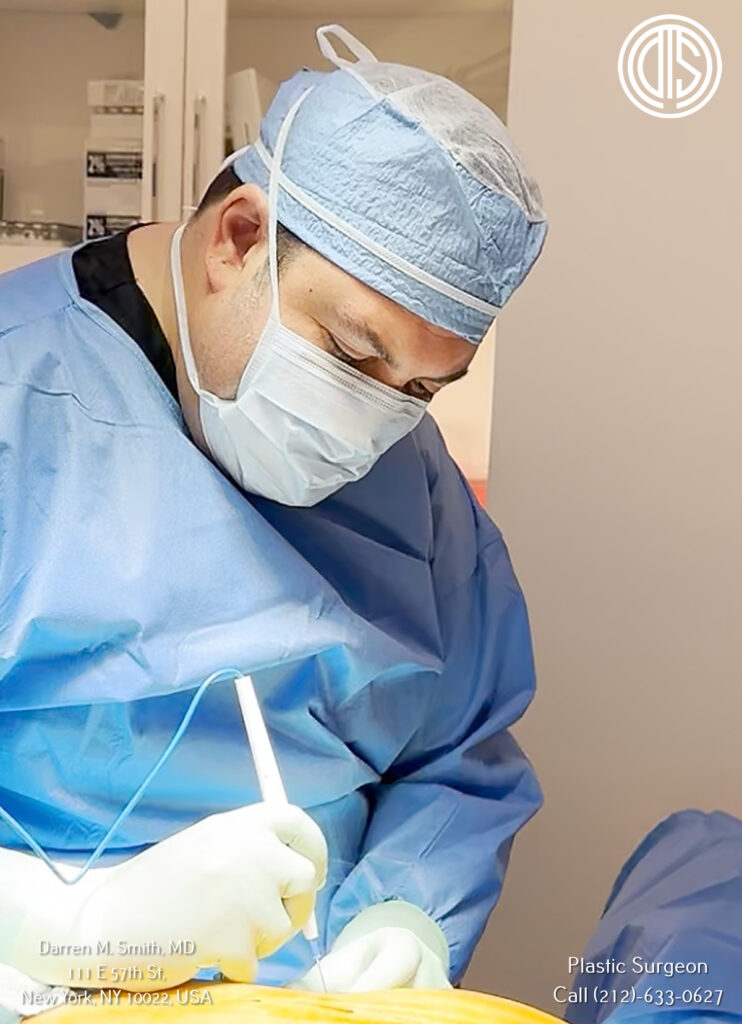
If you want to learn more about whether chin liposuction is right for you but safety is your top concern, contact Dr. Darren M. Smith to schedule a consultation.
As a board-certified cosmetic surgeon with years of experience in this very procedure, Dr. Smith takes a personalized approach to thoroughly assess your individual risk factors, address all of your questions openly and honestly, and help you make an informed decision.
Get in touch today and feel confident moving forward in the direction that is right for your health and aesthetic goals.
